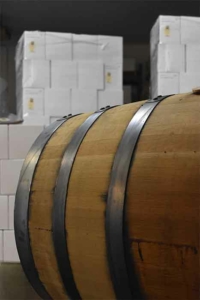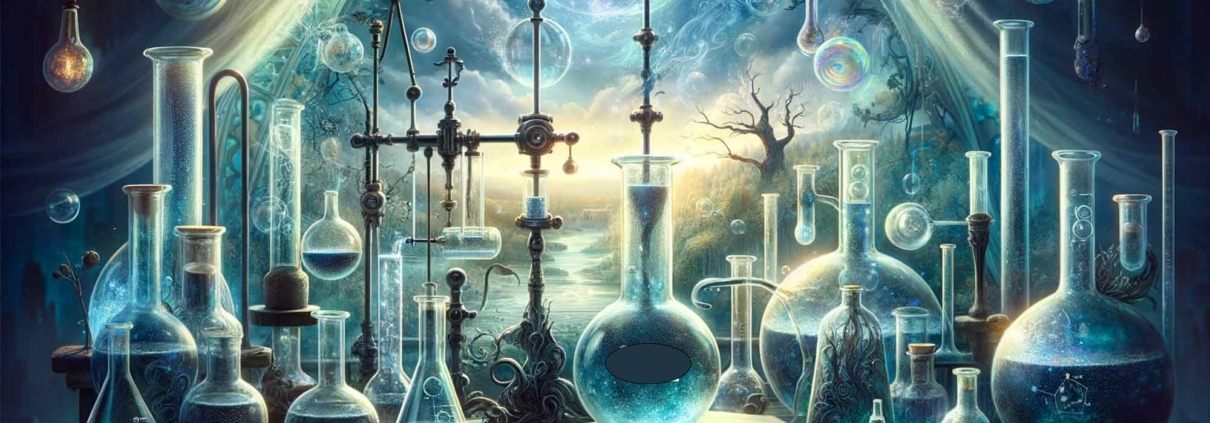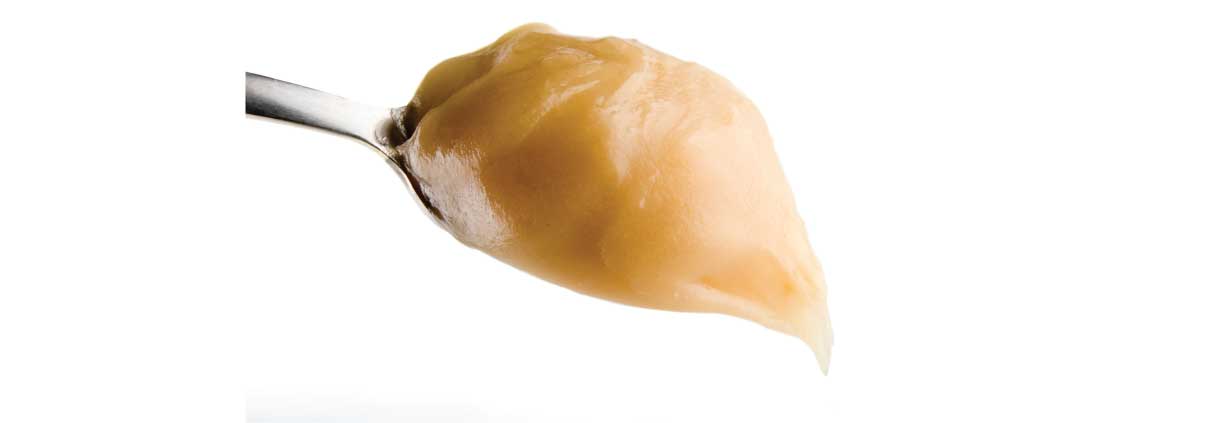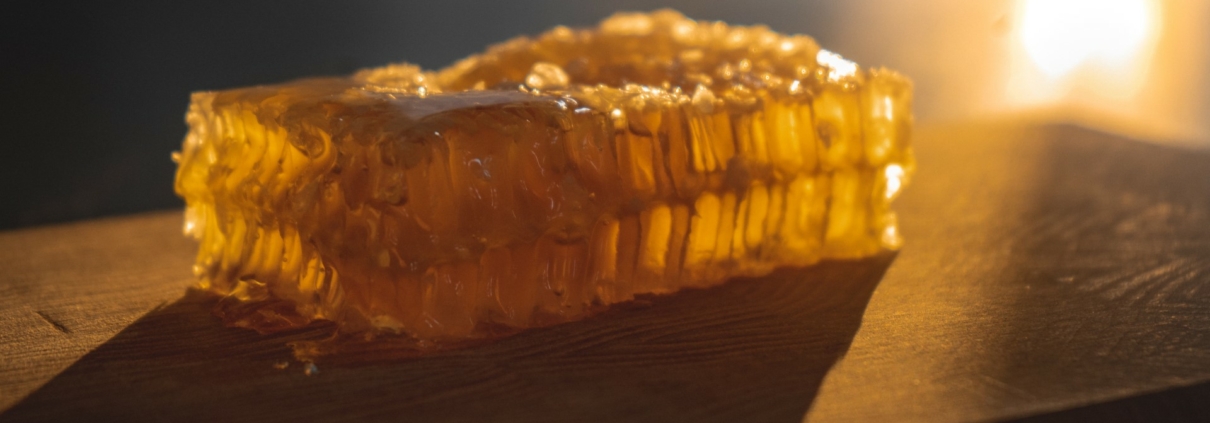Reading time: 7 minutes
Let’s debunk the widely held belief that mead originated with the Vikings. While mead bore a place in Viking culture, from sacred ritual to daily consumption, it predates the Viking era by thousands of years. Let’s look at how mead was part of Viking-era culture.
Mead and the Vikings: A Journey Through Time and Tradition
Imagine a robust Viking warrior, a symbol of strength and resilience, aboard a mighty longship. Common lore might have us believe that a horn filled with mead, a beverage synonymous with Viking culture, is in his hand. But did the Vikings really invent mead, or is there more to this story?
Unveiling the True Story Behind Mead: Beyond Viking Lore
Contrary to popular belief, the Vikings were not the originators of mead. Though this fermented honey drink was significant in Viking rituals and daily life, its history stretches far beyond the Viking Age. Historical evidence reveals a narrative that diverges from popular culture, offering credit to a broader swath of humanity.
Tracing the Ancient Roots of Mead
Mead, often revered as the “nectar of the gods,” is one of the earliest known alcoholic beverages. Archaeological discoveries have traced mead’s origins to 7000 BCE in regions like China and Ethiopia. This timeline suggests that humans enjoyed fermented honey long before the written word.
In ancient civilizations like Greece and Egypt, mead was not just a drink; it symbolized divine blessings and prosperity. Celtic mythology imagined rivers of mead in the afterlife and was mentioned in the ancient Indian Rig-Veda. Each culture that discovered fermentation regarded it as a magical or divine process, a testament to mead’s transcendent appeal.
Vikings: Enthusiastic Adopters, Not Inventors, of Mead
The Viking era, commencing around 793 CE, came nearly 8000 years after the earliest archaeological evidence of mead. As the Vikings traveled and traded, they encountered mead in regions where it was already a cherished beverage. They adopted it enthusiastically, integrating it into Norse culture, which symbolized feasts, festivities, and the forging of friendships.
The Social and Religious Significance of Mead in Viking Society
In Viking society, mead transcended its role as a simple beverage to become vital to social and religious life. Mead wasn’t consumed only for pleasure; it was believed to have held profound symbolic meanings and was essential in various rituals and ceremonies.
A Symbol of Status and Celebration
Mead, in the Viking Age, was a marker of social status. It was often reserved for the elite and warriors, signifying honor and achievement. The quality and quantity of mead served reflected a host’s wealth and generosity. Drinking mead was a celebratory act, often associated with victories in battle or successful voyages, and was a way to honor the gods for their blessings.
Central to Rituals and Ceremonies
The importance of mead was evident in Viking rituals, from weddings to the signing of truces. During weddings, the bride and groom shared mead in a ritual that symbolized the binding of their union. This custom, known as the “bride-ale,” or the drinking of mead from a loving cup, was central to the matrimonial ceremony, underscoring the importance of mead in initiating and honoring marital alliances. The term “honeymoon” is also frequently attributed to Ancient Norse culture. A honeymoon is the tradition of drinking mead for a moon cycle or 30 days following the union.
Mead served as a communal bond in diplomatic gatherings, such as establishing truces. Sharing mead was a gesture of goodwill and trust, a symbolic act of burying past conflicts and forging new alliances. This ritualistic sharing of mead was crucial in maintaining peace and harmony among different clans and tribes.
A Medium for Communing with the Divine
Mead also held religious significance in Viking culture in places like the sacrificial rites known as ‘blót.’ Modern practices commonly use mead instead of any animal sacrifice that happened in ancient times. These rituals involved offering mead to deities and ancestors as a sign of respect and devotion. The Norse gods were believed to partake in mead, and by sharing mead, the Vikings felt a closer connection to the divine realm. It was a way for them to seek favor and guidance from the gods.
Reflection of Community
The communal aspect of mead drinking played a significant role in strengthening societal bonds. Mead halls were not just places for drinking; they were social centers where stories were shared, alliances formed, and community ties strengthened. Gathering around a central hearth to share mead was an affirmation of unity and camaraderie.
Mead in Viking society was much more than an alcoholic beverage. It was a complex symbol that permeated various aspects of Viking life, from social status and community bonding to religious practices and ceremonial rites. The reverence for mead in Viking culture illustrates their deep-rooted values of honor, loyalty, and respect for the divine.
Mead and Viking Creativity
In the tapestry of Viking culture, mead was a drink of celebration and ritual and a key to the gates of creativity and artistry, particularly in the realm of poetry. The Vikings held the skalds, their poets, in high esteem, attributing to them the power to capture history, valor, and the very essence of life through their words. These skalds, often present in the courts of Jarls and chieftains, were thought to derive their inspiration from mead, which unlocked the doors of their imagination and eloquence.
Mead’s connection to creativity and poetry in Viking society is deeply rooted in Norse mythology. One of the most compelling tales from this mythology is the story of the Mead of Poetry. This myth tells of the god Odin’s quest to obtain a magically imbued mead brewed from the blood of Kvasir, a being born from the wisdom of the gods. According to the legend, this mead granted anyone who drank it the ability to recite any information and solve any question. This story, eloquently captured in the “Skáldskaparmál” and other Old Norse texts, underscores the belief that mead was more than a drink – a divine conduit of wisdom and poetic genius.
Furthermore, in Viking society, composing and reciting poetry was not just an artistic endeavor but a form of intellectual and spiritual expression. Through their verses, the Skalds often tackled themes of fate, human struggles, and the interplay between gods and mortals. Mead, in this context, catalyzed these creative expressions, a revered tool that helped transform thoughts and experiences into compelling narratives and sagas that have echoed down the ages. Thus, mead’s role in Viking creativity was multifaceted, intertwining with their culture, spirituality, and appreciation for storytelling.
Beyond Mead: Vikings and Their Beverages
In the Viking age, mead was revered for its ceremonial and cultural significance. Beer also held a crucial place in their daily lives and diet. Women often oversaw the brewing process, an integral part of Viking society, reflecting their essential roles within the community.
The pivotal role of women in the brewing process in Viking society underscores their broader significance in community life. Brewing mead and beer was a complex craft, requiring a deep understanding of fermentation processes. This responsibility, predominantly shouldered by women, was not just a domestic task but a revered skill, often passed down through generations and sometimes even considered part of a woman’s dowry. This practice demonstrates the economic and social value of women’s brewing expertise in Viking culture.
Women’s mastery of brewing was essential for sustaining the community, particularly for the numerous feasts and social gatherings central to Viking life. Their brewing skills went beyond household duties, representing a respected profession that contributed significantly to the social and cultural fabric of Viking society. This aspect of Viking life highlights the indispensable role of women in maintaining community cohesion and well-being.
Mead’s Cultural Legacy in Viking Life
Mead held a place of honor in Viking life, serving as more than just a beverage; it symbolized unity and celebration. It was integral to feasts and significant events; the deeply entrenched customs and rituals of mead drinking were part of the fabric of Viking society. These practices were not only reflective of the social hierarchy but also played a critical role in solidifying community bonds. Sharing mead during gatherings and feasts reinforced alliances and acknowledged mutual respect among community members.
Traditional Methods of Mead Brewing
Many ancient mead-making techniques are lost to history. In modern brewing, we understand microbiology and the importance of sanitation. While these ideas were likely explained as being more mysterious, the cause and effect were observed and remembered.
The art was a process steeped in tradition and rich in cultural significance. While the methods were relatively simple, they were highly effective and carried a profound sense of heritage. One particularly fascinating aspect of this tradition was using a “magic” stick.
These sticks, typically made from Birch or Alder, were not just brewing tools but revered family heirlooms. They were primarily held and used by the wife or matriarch, who was often responsible for brewing mead and ales. This practice reflects women’s significant role in maintaining brewing traditions within Viking communities.
The process of brewing mead and ale involved basic techniques: grains were malted, crushed, and then steeped in hot water. The “magic” stick was used to stir the wort for ales or the honey-water mixture for meads after they had cooled. This action transferred yeast trapped in the stick’s crevices from previous batches into the new brew. The yeast would then reanimate, initiating fermentation. Usually, the magic stick would stay in the active wort. This practice created a fresh inoculation of the most vigorous yeast strains for future brewing.
Magic sticks eventually evolved into the Scandinavian yeast logs and rings. Yeast logs, ranging from simple birch logs to elaborately carved pieces or rings made from straw or bone, were used to catch and store yeast, allowing for quick drying and long-term storage.
These traditional brewing methods and equipment underscore the ingenuity and resourcefulness of Viking brewers. The cultural practices surrounding brewing, from the sacred magic sticks to the intricately designed yeast logs, reveal a deep respect for the craft and its importance in daily life and communal gatherings.
Celebrate Mead’s Rich Heritage
At Sky River Mead, we celebrate the rich, diverse heritage of mead-making. Our mead is an homage to our Scandinavian and Irish ancestors, with a unique Northwest flair, embodying “Old World Inspiration for the Modern Palate.” This ancient craft, spanning the vast expanse of time, continues to bring joy and connection to the modern world.
Mead’s journey from ancient civilizations to Viking halls and now to our tables is a testament to its enduring appeal. While the Vikings did not invent mead, they played a crucial role in its history and popularization. Today, mead stands not just as a drink but a symbol of cultural heritage and timeless human ingenuity.

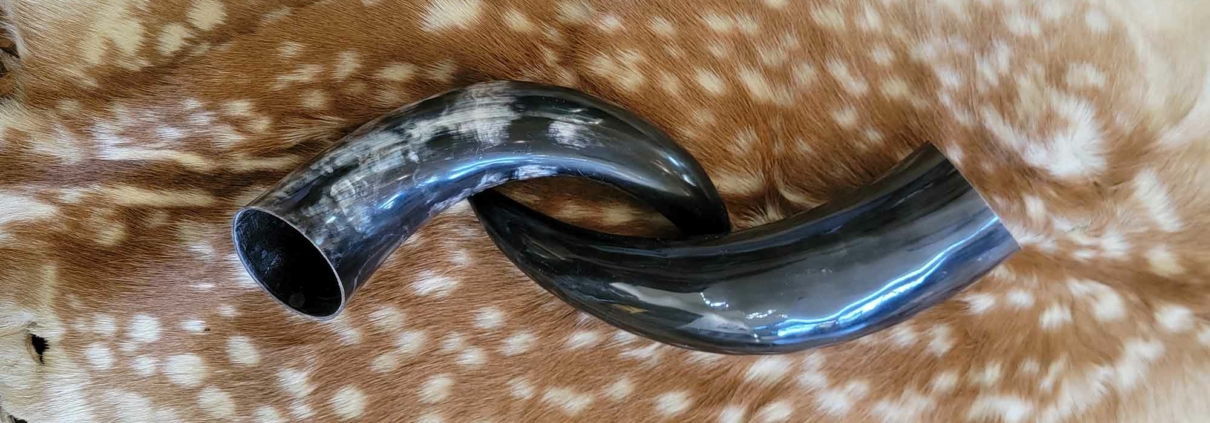
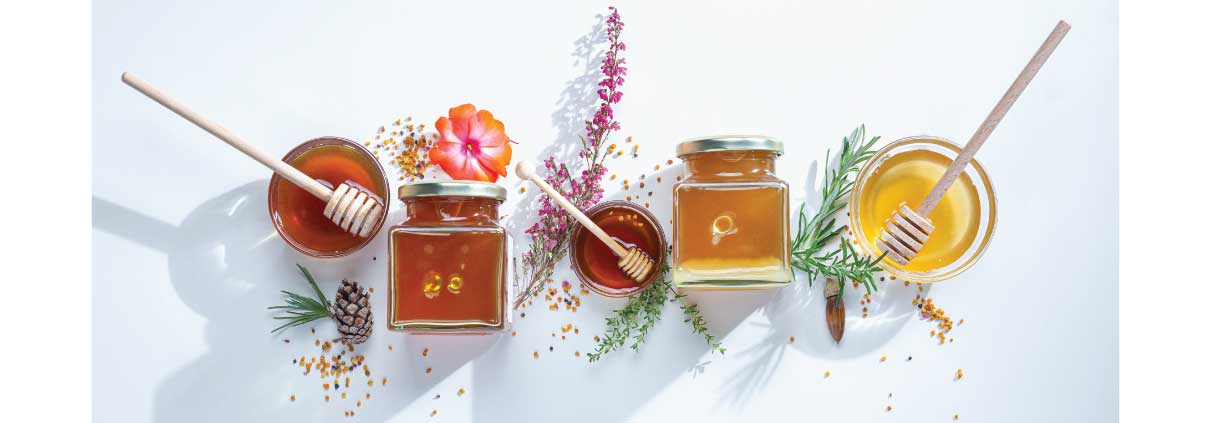
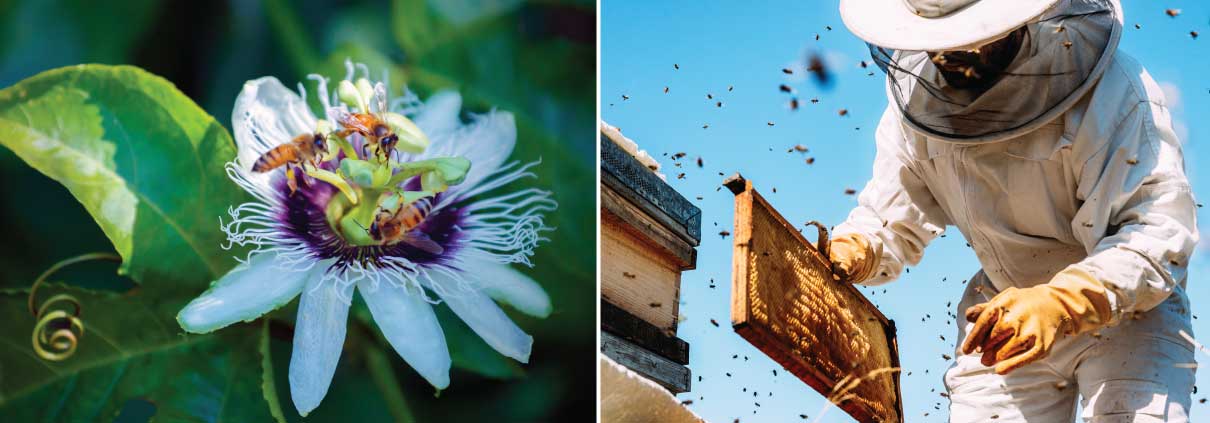
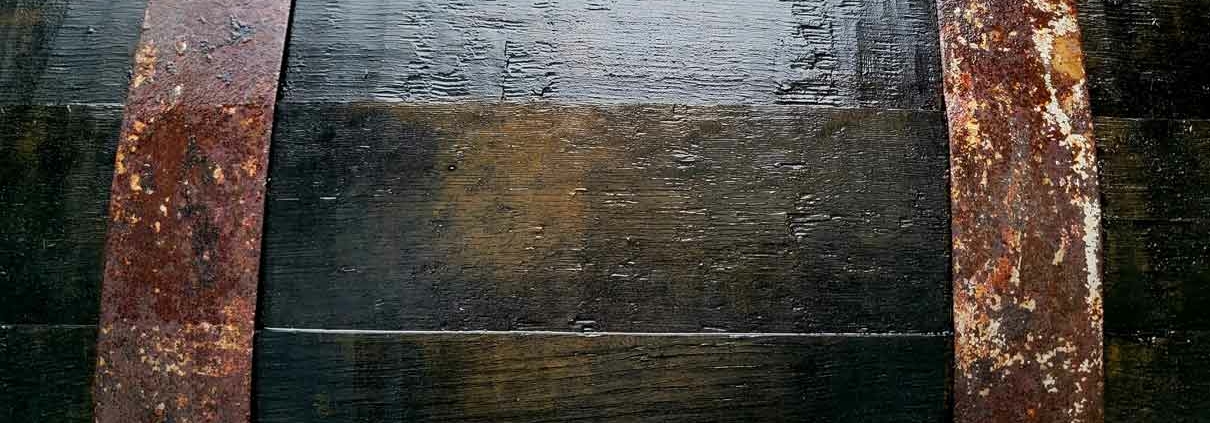 Glenda Downs
Glenda Downs